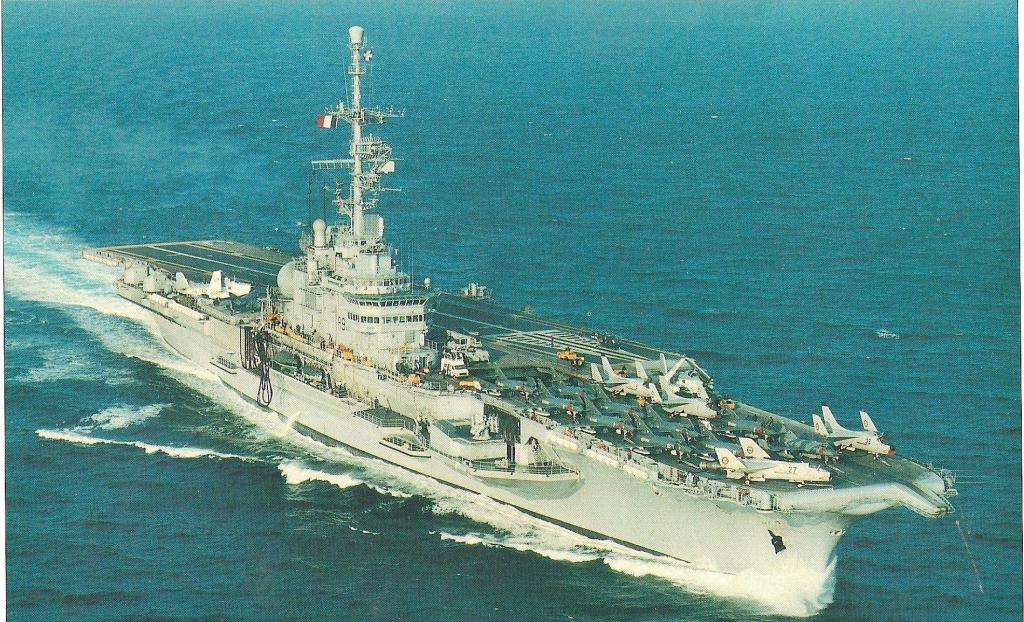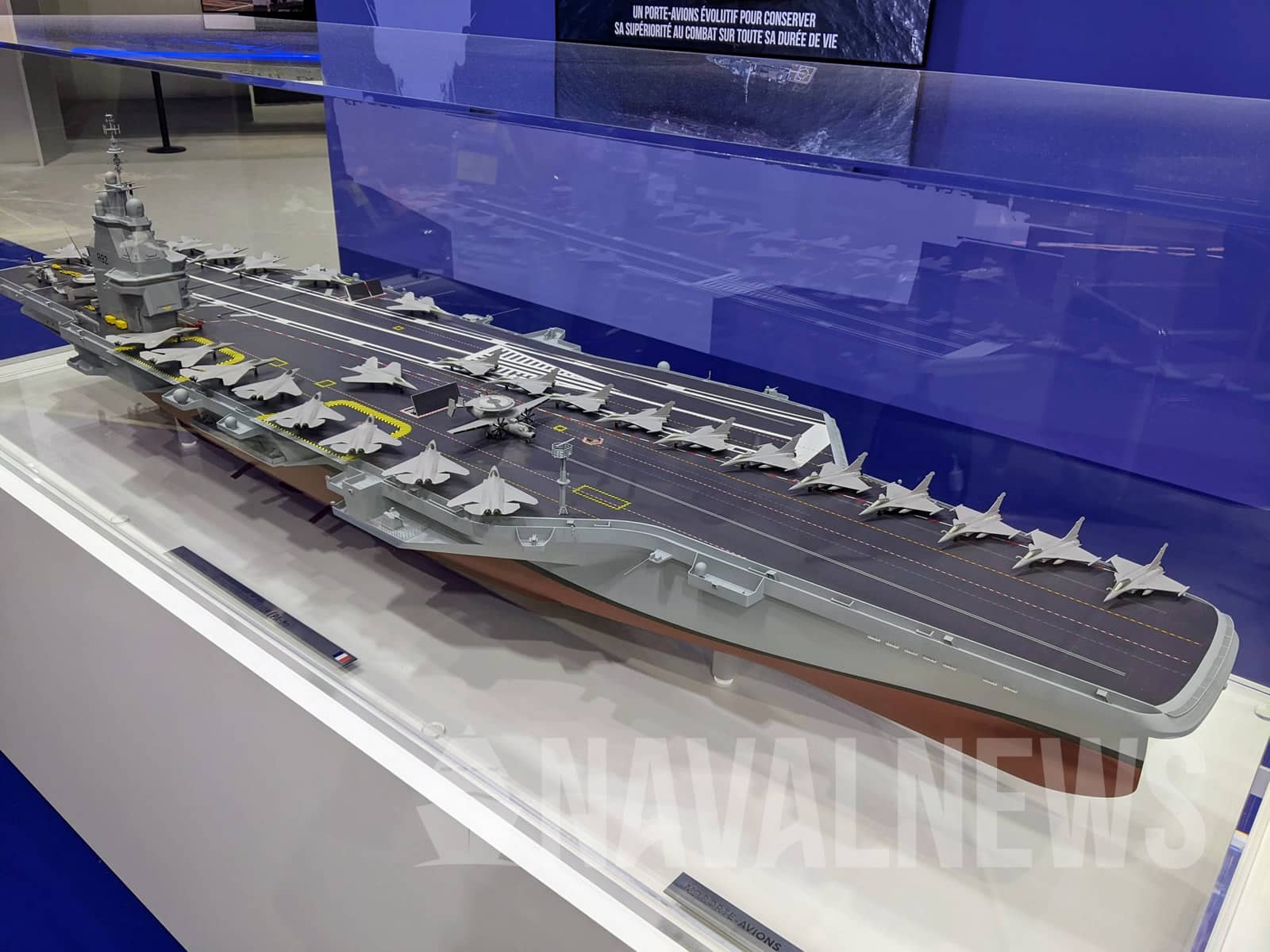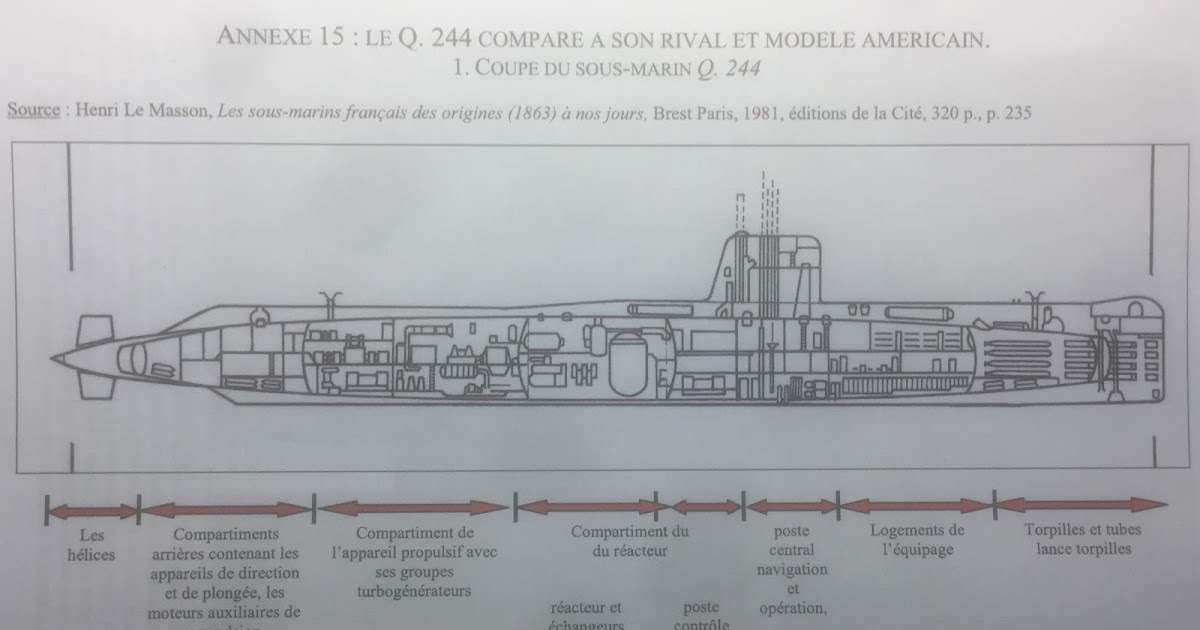PA28 story, translated from a french forum.
GENESE DES CLEMENCEAU : UN CHEMIN SEME D'EMBUCHES Le PA28 Clemenceau : un mal pour un bien PA 19 et PA25 : deux des nombreux projets français de porte-avions

forummarine-forumactif-com.translate.goog
The PA28, first Clemenceau: a blessing in disguise
In November 1947, the navy estimated that by 1960 it would need two ships of the line, four light aircraft carriers, three escort aircraft carriers, three cruisers, six anti-aircraft cruisers , thirty destroyers, thirty escorts and twenty-five to thirty submarines.
Aircraft carrier studies therefore continue with, in particular, in 1947, a protected aircraft carrier called PA31 of 38,000 tons including 10,300 tons for protection with a 50mm flight deck, a 100mm hangar deck and a 30mm main deck. without a real belt.
The “50” plan of April 9, 1948 provides for a first aircraft carrier (the PA28) in the 1948 phase with another 20,000-ton ship in the 1951 phase. A draft naval statute is presented on August 2, 1949, with four and six aircraft carriers of around 20,000 tons but it is not discussed.
The construction was not unanimous but the National Assembly authorized the construction by voting the credits on August 14, 1947. On September 1, 1947, the Ministry of the Navy entrusted the construction of the PA28 to the Brest Arsenal.
The start of construction was postponed following a decree of October 9, 1947 which prohibited any new commitment of expenditure on the extraordinary budget of National Defense. The cessation of work was ordered by the Minister of National Defense Paul Ramadier on March 7, 1949 and all work ceased except the receipt of the equipment already ordered.
The official cessation of the construction of this ship unofficially named Clemenceau was decided
on May 31, 1949.
As compensation, the Americans lent France the aircraft carrier USS Langley renamed La Fayette on June 2, 1951.
Displacement: 15700 tW (20110 tonnes pC)
Dimensions: Length (overall) 229.50m (between perpendiculars) 215m Width (overall) 36m (between perpendiculars) 25m Draft: 6.50m
Propulsion: Two groups of turbines powered by four boilers developing a total power of 105,000 hp and driving two propellers
Performance: maximum speed: 32 knots range: 7,700 nautical miles at 18 knots 4,700 nautical miles at 24 knots
Protection: none
Armament: 16 cannons 100mm in eight double turrets distributed in four side groups (two to starboard and two to port) and 16 57mm guns in eight double turrets (one at the stern, one at the bow, three to starboard and three port) Aeronautical installations:
Bridge takeoff 220m long by 36m wide connected to the hangar (130m long by 24.40m wide and 8.50m high) by two 12-ton elevators. Two catapults at the front and 8 stops plus three barriers.
Air group: The number varies depending on the sources from 31 to 47 aircraft. The single hangar can permanently house 22 NC1070 or Nord 1500 twin-engine torpedo boats plus 5 SE582 heavy fighters, i.e. 27 aircraft. It was also planned that 22 SE582s could be hung from the hangar ceiling.
Crew: 1806 officers and sailors.
PA54 / PA55 Clemenceau
The abandonment of the construction of the PA28 is of course very badly received by the supporters of the aircraft carrier in France and in particular
Admiral Nomy, former aviator who became chief of General Staff
on October 26, 1951. With hindsight, this abandonment was an excellent thing because the PA28 would have been outdated as soon as it was put into service since it would have been very difficult to adapt the steam catapult and the oblique track to what readily recognizes Admiral Nomy who described the first Clemenceau as a “bad copy of the Arromanches”.
In July 1952, a naval statute was passed providing for a 450,000-ton navy with four aircraft carriers, three to serve within NATO. The construction of national aircraft carriers is considered urgent because the French cannot use the light aircraft carriers loaned by the Americans as they wish.
The Higher Council of July 15, 1952 went further and concluded that it was necessary to have five aircraft carriers, including two light aircraft carriers of 12,500 tons reserved for missions within the framework of the French Union.
In June 1953, Admiral Nomy proposed a three-year program to achieve 60% of the objectives provided for in the 1952 statute which must not be completed until 1970.
The problem of the aircraft carrier was examined during the High Council of the Navy of
July 16, 1953 which quickly ruled out the idea of buying an aircraft carrier from the United States which would necessarily be reluctant to part with a ship and could require certain limitations in its use. The CSM proposes to include an aircraft carrier in the 1954 tranche.
On March 16, 1954, the special rapporteur of the Finance Committee, Henri Dorey, announced the construction of an aircraft carrier to the National Assembly as part of the 1954 tranche which must include in addition to the protected 23,000-ton aircraft carrier, three 1,000-ton escorted avionics, five 325-ton escorts and two Narval-type submarines, i.e. 30,025 tons, the 1955 and 1956 tranches are similar but without aircraft carriers .
The details of the sections were revised
in November 1954 with still an aircraft carrier, three advisory-escorts and four submarines. In the end, the tranche adopted by Parliament included the PA54, two escorts (called "fast" in 1955, they were named L'Agenais and Le Béarnais) and four submarines (Espadon, Morse, Amazone and Ariane).
Originally, the 1955 tranche did not include an aircraft carrier
but a second building was planned in the 1956 tranche. The end of American aid in 1954 precipitated things and
the 1955 tranche provided for an aircraft carrier, four Union Française escorts and two fighter submarines.
A true miracle occurred: Parliament agreed to renew the 1954 budget in 1955.
The 1955 tranche therefore ultimately includes an aircraft carrier (in place of the cruiser initially envisaged), a Union Française advisory (the future Commandat Rivière), three fast escorts (the future L'Alsacien, Le Provencal and Le Vendéen). and three submarines (Daphné, Diane and Doris).
Two aircraft carriers were therefore financed successively, the PA54 being named Clemenceau and the PA55 Foch.
Let's return to the technical design of the Clemenceaus.
It all started
on July 28, 1952 when the Secretary of State for the Navy, Jacques Gavini requested the study of a preliminary project for a
12,500 ton aircraft carrier. This ship must be versatile and capable of being engaged in ASW missions, territorial air defense or providing support for an expeditionary force as was carried out by French aircraft carriers at the time. in Indochina.
The first project was established
at the beginning of 1953 with a straight bridge and a powerful DCA composed of 24 57mm cannons in twelve double turrets grouped three by three at each corner of the building.
From March 25, 1953, the project increased in weight to 18,000 tons due to the embarkation of 15-ton jet planes and a desired maximum speed of 32 knots, which required a propulsive power of 120,000 hp. Two sub-versions are studied: a protected ship (PAX) and an unprotected ship (PAXp). The appearance of the oblique runway forces French engineers to integrate it into the aircraft carrier project and the project presented on the 25th March 1953 revealed to us
a ship weighing 19,900 tonnes, 228m long (at the waterline), a 245m long flight deck with an oblique runway 164m long oriented at 7°.
It is equipped
with two British steam catapults, two elevators. No protection other than tight compartmentalization is planned and the island, the removal of which was once considered, is ultimately maintained but in a lighter version. The propulsion unit develops a total power of 120,000hp and drives two propellers and as for the DCA, it is made up of four groups of three double 57mm mounts.
A protected version called PAX-P is also presented. Displacing 23,000 tonnes, it has a 50mm armored flight deck and a 30 to 60mm armored box but the propulsive power remaining the same, the speed drops to 31 knots.
Another version called PAX-P2 was also presented on June 20, 1953, but it was far from unanimously accepted due to its heavy weight, which required four shaft lines to be considered.
The CSM of
July 16, 1953 therefore studies the different projects and it is the PAX-P2 project which is chosen by the minister on
August 8, 1953. The project will, however, further evolve and in the end, is closer to the PAX-P than to the PAX-P2.
Following requests for modifications from Admiral Nomy, the aircraft carrier project evolved into
a 24,000-ton ship Washington with a 50mm armored flight deck, an armored box, two shaft lines and a speed of 32 knots , an air group of 60 aircraft (24 Sea Venom type fighters that France will build under license under the name Aquilon, 24 assault aircraft and twelve ASM aircraft), a DCA composed of twelve double 57mm mounts in four groups and a flight deck 245m long by 28m wide with a 7° inclined runway and capable of accommodating 15-tonne aircraft.
The aeronautical installations planned by the STCAN do not satisfy the aviators who do not hesitate to say so and the project must be revised: the oblique runway sees its angle of obliquity increased, the island is offset by one meter to starboard, the volume of the holds is increased as is the size of the elevators, the arrangement of the catapults is revised with one on the oblique runway and one in the axis in place of two axial catapults.
The DCA at one time made up of twelve 57mm guns was ultimately made up of twelve then eight 100mm guns in four double groups installed on the front port, rear port, front starboard and rear starboard.



